Ecuador Bird Photography
Highlights
Highlights
- Visit the most biodiverse place on Earth: the Amazon Rainforest
- Experience the spectacular Andes mountains
- Hummingbirds galore
- Tropical bird species coming to feeding stations
- Clay licks for parrots, macaws and parakeets
- Small group size limited to a maximum of 6 people
Map
Map
Overview
Tour Overview
Bird photography opportunities like nowhere else: Ecuador is widely considered to be the best country on Earth for bird photography. The beauty of the birds that are found in the region speaks for itself, but Ecuador uniquely provides incredible infrastructure for visiting bird, wildlife and photography enthusiasts. The lodges here are relatively easy to get to, and perfectly designed for observing and photographing avian life. During this trip, we’ll spend time photographing birds at feeding stations set up for photography, as well as in natural forest settings.
Hummingbirds galore: At many of the lodges where we stay, dozens of hummingbirds are continuous visitors to feeders and flowers, where they exhibit no fear of humans. It’s a photographer’s dream! Their behaviour here makes it so much easier to capture amazing images, and work on photographic technique. From sylphs, to violetears, to sunangles, to woodstars, the Andes boasts incredible diversity of hummingbirds, with equally incredible names. About 40% of all hummingbird species on Earth can be found in Ecuador, and over 40 hummingbird species may be encountered on this trip.
Incredible biodiversity from the Amazon to the Andes: Experiencing the Amazon Rainforest is often considered the top “bucket list” item for nature lovers, and it’s easy to see why. With the highest biodiversity on the entire planet, we are sure to encounter a multitude of spectacular bird species, as well as amazing wildlife: monkeys, reptiles, amphibians, and more, all in some of the most spectacularly lush rainforest imaginable. This itinerary combines the Amazon with the adjacent Andes mountains, another “must visit” destination for nature lovers. Here, breathtaking mountain scenery is combined with spectacular bird life that often has little to no fear of people.
Dates & Prices
DATES & PRICES
What's Included
What's Included
Tour Price Includes
- All accommodation
- All meals
- 4 - 6 participants with an EET guide
- All transportation between locations during the tour
- Entry fees into reserves
- Gratuities to local guides and drivers
Tour Price Does Not Include
- Flights to and from the trip start/end point (Quito)
- Travel insurance
- Items of a personal nature
Gallery
Gallery
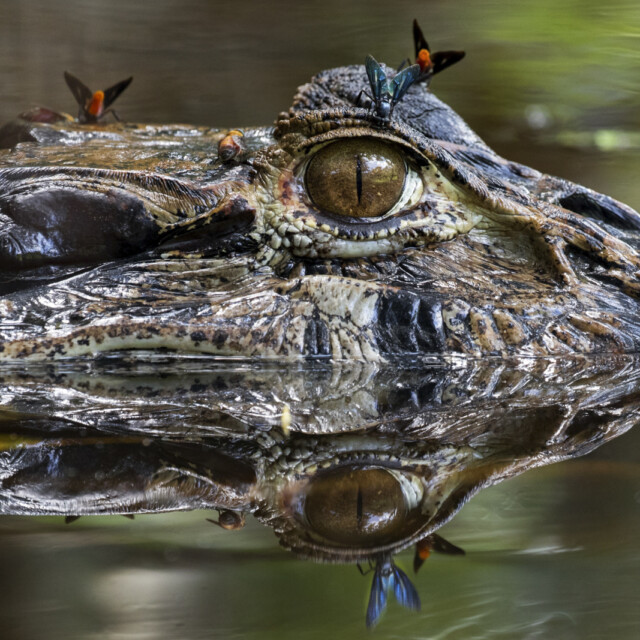


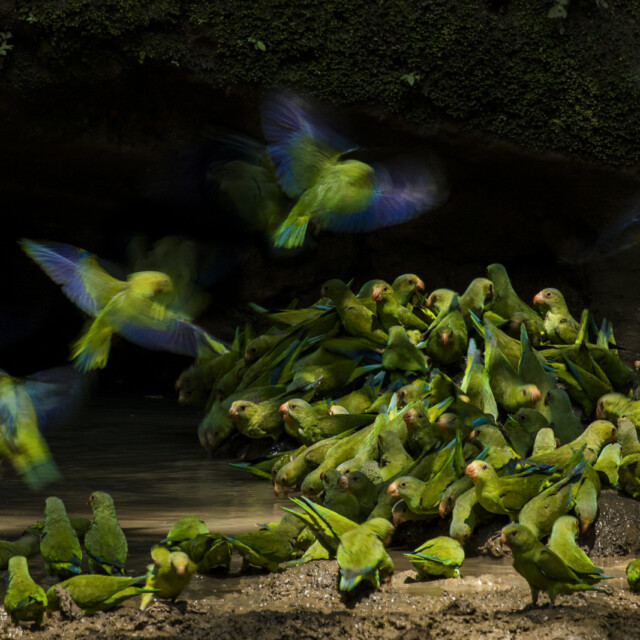
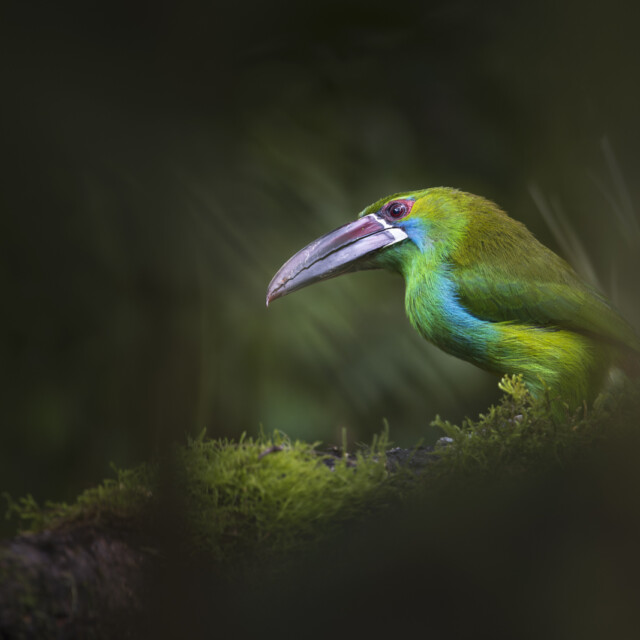







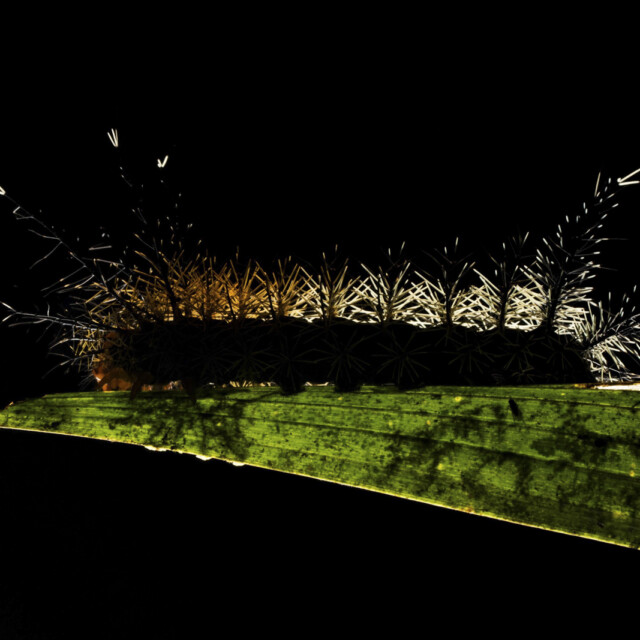
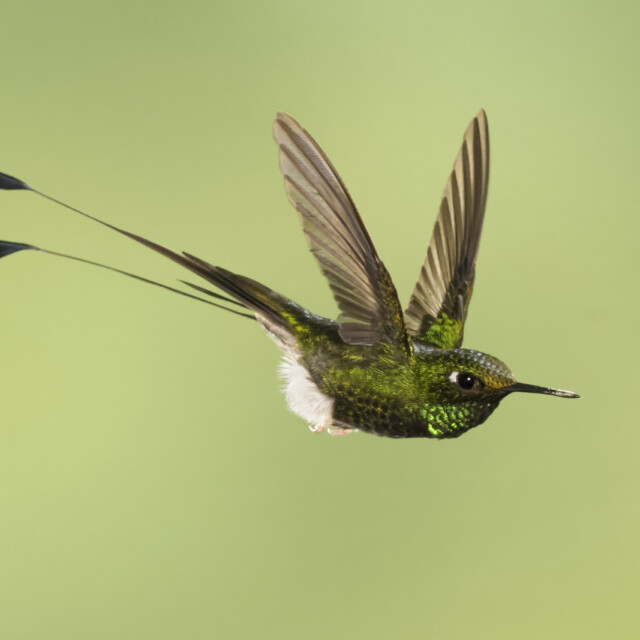

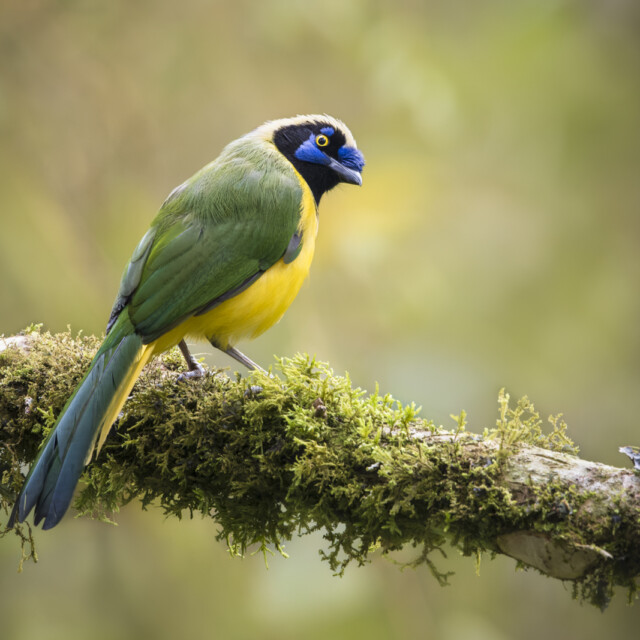

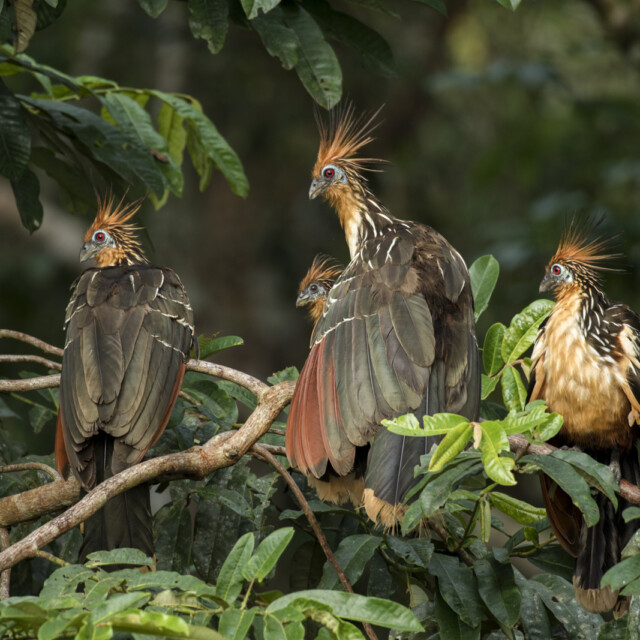
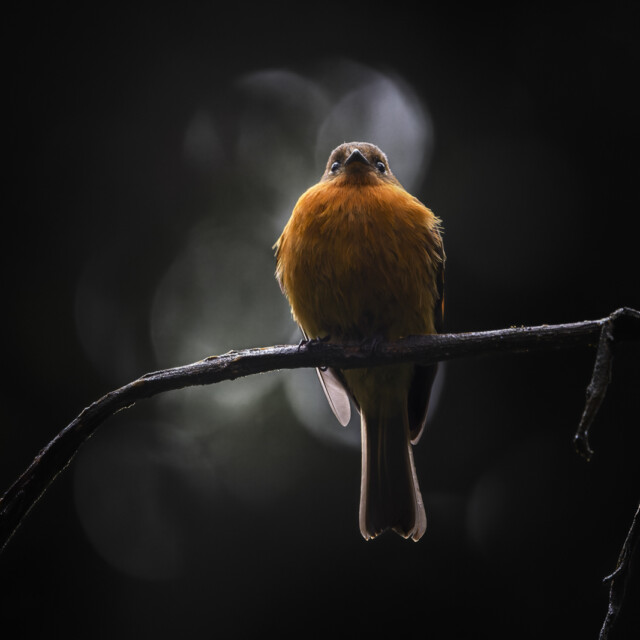

Itinerary
Itinerary
Day 1: Arrival in Quito
Our workshop begins in Quito, the beautiful and historic capital city of Ecuador, where we’ll have an evening orientation and dinner. Night in Quito.

Days 2-5: The Amazon
Our trip begins with a journey into the most biodiverse place on Earth: the Amazon Rainforest. After a short regional flight to the town of Coca, we’ll travel by boat downriver into the vicinity of Yasuni National Park, where we’ll be based at an amazing and comfortable lodge for 4 nights. This region is home to an incredible array of birds, with over 600 species recorded in the near vicinity, similar to the number of species recorded in the entire country of Canada!
During our stay, we will visit an amazing canopy tower, where we can get a unique vantage point on canopy dwelling birds. We also plan to experience a clay lick, where parakeets, parrots and macaws visit to ingest minerals from the soil. In addition to an incredible array of birds, we may also encounter other wildlife, such as several monkey species, caimans, and various other reptiles and amphibians as we explore the region by canoe and trail.

Days 6-7: The East Slope
After our time in the Amazon, we’ll head west to the east slopes of the Andes, where Cabañas San Isidro will be our base for two nights. Here, we’ll begin to get a taste of the spectacular hummingbird diversity of the Andes, with species such as the breathtaking Long-tailed Sylph and Chestnut-breasted Coronet being regular visitors to the lodge grounds. The San Isidro Black-banded Owl is often encountered in this area, as well as a multitude of other bird species.
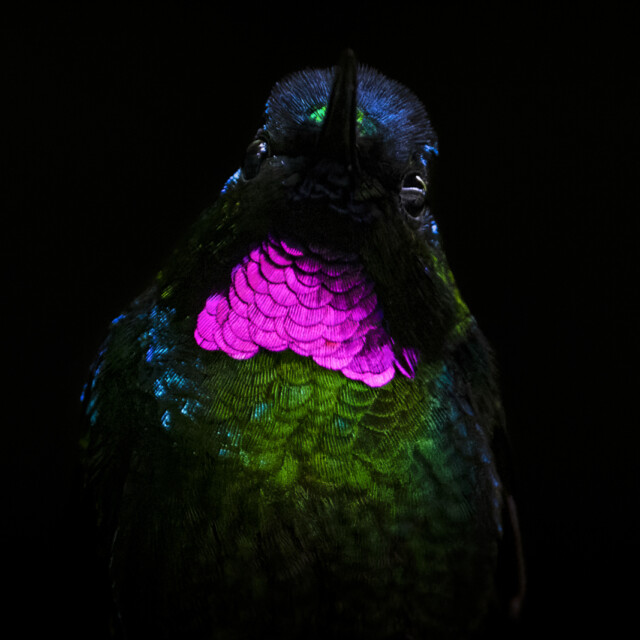
Days 8-9: The High Andes
On days 8-9, we’ll make our way to the higher slopes of the Andes. This region is particularly spectacular, with jaw-dropping mountain views and impressive rivers and waterfalls. Our base for these two nights will be the lovely Guango Lodge, just downslope from Papallacta Pass. At this beautiful cloud forest hideaway, we’ll be surrounded by more hummingbirds, including several new species for our trip.
In the mornings, insects attracted to lights near the lodge attract a diversity of cloud forest bird species onto closeup perches, including flocks of beautiful Turquoise Jays, among many others. A short walk from the lodge leads us into the habitat of other cloud forest species, such as Torrent Ducks, White-capped Dippers and Gray-breasted Mountain-Toucans.
In addition to time spent at the spectacular lodge grounds, we’ll also visit higher elevation habitats. Unique alpine species such as the Chestnut-winged Cinclodes and Many-striped Canastero are common here, and we’ll watch for other high-altitude specialists such as the Carunculated Caracara and Andean Condor.

Days 10-13: Tandayapa Valley and Mindo area
On days 10-13, we travel west of Quito to visit what is arguably the hummingbird photography capital of the world: the Tandayapa Valley. Well over a dozen hummingbird species regularly visit the feeders at our base, Tandayapa Bird Lodge, where they have no fear of people. Meanwhile, tanagers, Rufous Motmots, Crimson-rumped Toucanets, and Toucan Barbets are frequent visitors to fruit feeders. While at the lodge, we’ll practice photography and lighting techniques with some photography setups at the feeding stations.
The surroundings of the lodge are equally spectacular for birds, and we’ll visit additional reserves in the area to look for and photograph some of the other amazing species of this region, such as the Sword-billed Hummingbird, Andean Cock-of-the-Rock, Plate-billed Mountain-Toucan and several antpitta species. On the afternoon of day 13, we’ll make our way back to Ecuador’s capital, Quito, for our final night of the tour.

Day 14: Departure from Quito
The morning will provide one final chance to reminisce about our experiences over breakfast as our trip comes to its conclusion.
What to Expect
What to Expect
Overview
Ecuador Bird Photography is a tour focused primarily on photographing birds, with some opportunities to capture landscapes and other subjects along the way. Most days will begin with optional early morning bird photography around the grounds of our lodge, where many species can be seen up-close visiting feeders and foraging through the rainforest from the first light of dawn. After breakfast, we’ll commence our day’s formal activities, which may include more on-site photography, or trips to adjacent reserves. On some days, we may have early morning departures to get to reserves where certain bird activity happens first thing in the morning, such as the lek of the Andaean Cock-of-the-Rock. We’ll be back at our base lodges for dinner. After dinner hours, we will have optional technique workshops and post-processing time on some nights. During the trip, we may also have optional evening nocturnal activity walks, using flashlights to look for a variety of nighttime creatures on the trails around our lodge. While small, there are some spectacular amphibians, reptiles and insects that are worthy of our attention, but easily overlooked.
Food
We enjoy excellent meals provided by the various lodges’ dining facilities. Some lunches will be a lunch box in a nice setting, or occasionally we will dine at a local eatery. Most dinners will be taken at the accommodation or a nearby restaurant.
Accommodation
With the exception of the first and last night in a modern hotel in Quito, we’ll be staying at eco-lodges in the rainforest. These accommodations are high-quality and clean, designed to provide the comfort that visitors would expect back home. Some are a bit more rustic and cozy in feel, others are more high end and fancy in feel, but they all provide fantastic opportunities for bird and wildlife photography in their immediate vicinity.
Walking
While the vast majority of photography activities on this trip won’t require extensive physical activity, some of the sites we visit will require short hikes (1km, less than 1 mile) on uneven terrain. While hiking is not a large part of the trip, good footwear for muddy and uneven trail conditions is recommended in order to explore the rainforest by foot. All activities are optional, and incredible photography opportunities can be found in the immediate vicinity of all of our lodges. So, there is much to keep one entertained if you wish to opt-out of any hiking activities in favour of more relaxed photography opportunities. Tandayapa Lodge has a 100 meter staircase leading to the entrance, and climbing some stairs will enable you to visit a fantastic canopy observation tower at Sani Lodge. As some of the areas we visit are at higher elevations, participants are encouraged to consult with a medical professional prior to the tour for advice on mitigating the effects of altitude. Participants should also be comfortable getting in and out of a canoe, as we will use this mode of transportation in the Amazon Lowlands. Altitude sickness is not a trivial matter; anyone with concerns—especially those with heart or respiratory conditions—should consult a medical professional.
Climate
Weather varies greatly with elevation, and we should be prepared for a range of temperatures from chilliest thirties to hottest nineties. At all altitudes, we should remember to have adequate protection from the sun. Drizzle and rain are likely, Mosquitoes and other biting insects should not be a problem on this tour
Driving
Most days have a small to moderate amount of driving. There will be two longer drives, but we make several stops along the way.
Boat Trips
This tour includes a 3 hour motorized canoe ride from Coca to Sani, followed by a 5 minute walk through the jungle up to the Chawllayacu river for a final short paddle canoe ride to Sani Lodge. There are bathrooms at the departure and arrival docks, but none on board. The same trip is taken in reverse when leaving the Sani Lodge.
In Country Flights
This tour includes one short (40 min) in-country flight from Coca to Quito. These will be organised by us and included in the tour price. Each participant is allowed one 10kg carry-on bag and one 23kg checked bag.
Will we do photography setups at bird feeding stations? Ecolodges and reserves in Ecuador, including the ones where we will stay and visit, often have several types of feeding stations. Fruit feeders attract tanagers, toucans, barbets, and more. Nectar feeders attract hummingbirds. Many lodges also have a “moth light”. These lights attract insects overnight, and a variety of forest birds (woodcreepers, flycatchers, sparrows, and more) can often be found visiting in the morning to forage on insects. We will also visit a couple reserves where local caretakers feed worms to elusive forest birds, such as antpittas. Many of the feeding stations at the lodges and reserves are set up with mossy perches, providing photographers with a photogenic setting to capture images. Flowers can also be used at hummingbird feeding stations, to help capture images of hummingbirds. For those who want, there will also be opportunities during this trip to do “multi-flash” hummingbird photography, a technique using artificial lighting that can capture remarkable studio-like images of hummingbirds in flight.
What photography equipment should I bring? A telephoto lens with a focal length of 300mm or greater is recommended for this trip. However, we will have closeup encounters with birds and wildlife where wide angle (eg. 15-35mm) and mid focal length lenses (eg. 70-200mm) may be useful. Wide angle and mid-focal length gear will also be useful for photographing landscapes of our scenic surroundings. As some of our time will be spent walking on trails, a portable setup that you are able to handhold is may be a good idea for some (for example, a DSLR or mirrorless camera with a lightweight telephoto lens such as a 100-400mm, 200-500mm, 150-600mm, etc). A tripod is also recommended (though not required), as we’ll spend time photographing birds near feeding stations where we will be stationery, and some environments we visit can have low light.
Featured Wildlife
Featured Wildlife
While we cannot guarantee sightings of the birds or mammals listed below, we believe that encountering these species is quite likely during this tour.
- Over 1000 bird species have been recorded across all the locations we will visit, and we are likely to encounter hundreds of these, as well as several species of other animals. There’s too many to list, but a small sample of our many target species include Torrent Duck, dozens of hummingbird species including the Long-tailed Sylph and Sword-billed Hummingbird, Hoatzin, Toucan Barbet, Plate-billed Mountain-Toucan, Cobalt-winged Parakeet, Scarlet Macaw, Chestnut-crowned Antpitta, Andean Cock-of-the-rock, Turquoise Jay, Green Jay, Golden Tanager, Scarlet-bellied Mountain Tanager, Blue-winged Mountain Tanager, and many, many more. In addition to the birds, we are likely to encounter several species of reptiles, amphibians, and primates.




